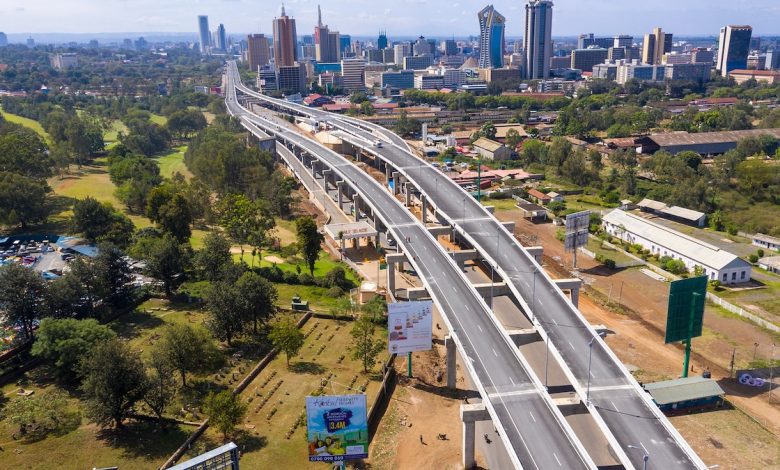How Public-Private Partnerships are Driving Economic Growth in Kenya

Public-Private Partnerships (PPPs) have emerged as an important tool in accelerating Kenya’s economic development.
These partnerships have allowed the government to work with different private entities to deliver infrastructure and services providing the necessary momentum for the country to achieve its economic goals.
Over the years, PPPs in Kenya have played an important role in sectors such as energy, transport, healthcare, and education, contributing significantly to the country’s development agenda.
What are PPPs?
PPPs are agreements between the public sector and the private sector whereby both parties undertake to provide resources, in monetary or non-monetary form or both, toward the execution of a project, for the benefit of the public. The legal framework for the establishment and operations of PPPs in Kenya is provided in the Public-Private Partnerships Act, of 2013.
PPPs in Kenya are based on the fact that there is limited capacity within the government to finance all the infrastructure that this country requires. This is because the private sector brings in capital, innovation, and operational efficiencies, while the public sector ensures access to essential services. By tapping PPPs, the private sector can inject capital, innovation, and operational efficiencies, while the public sector ensures access to essential services.
Importance of PPPs to Kenya’s Economy
PPSs have contributed to Kenya’s infrastructure development which the country’s Vision 2030 plan identifies as a key enabler of economic growth. These infrastructure developments including roads, ports, airports, and even power plants, are capital-intensive, and the government’s budget constraints have often delayed their progress.
For example, the Nairobi Expressway, a Sh 72 billion toll road project, is one of the most high-profile PPPs in Kenya. The road was constructed and is operated by China Road and Bridge Corporation (CRBC) and connects Nairobi’s Jomo Kenyatta International Airport to the city center and Westlands. The project has greatly reduced traffic congestion and boosted trade and tourism in Nairobi.
Another example is The Lake Turkana Wind Power Project which is Africa’s largest wind farm. With an installed capacity of 310 megawatts, the project was developed through a PPP arrangement and contributes about 17% of Kenya’s electricity consumption, significantly boosting the country’s renewable energy production.
PPPs have helped to mobilise private sector investment supplementing government spending and enabling the execution of mega-projects without straining the national budget. They have also helped in Job Creation for locals, transfer of knowledge and skills, economic diversification as well as improved public services.
The major challenges facing PPPs in Kenya, however, revolve around the lengthy procurement processes, legal hurdles, high financial risks, and resistance from the public sector stakeholders. There have also been transparency and accountability-related concerns in some of the PPP projects whereby some fear that private entities might exploit public resources.
The Adani-Kenya PPP agreement for example faced concerns since it first came into the public. In March 2024, the Adani Group submitted a proposal to the Kenya Airports Authority (KAA) to develop and expand Jomo Kenyatta International Airport (JKIA) through a PPP agreement. The Adani proposal includes the construction of an ultra-modern airport with two runways, at an estimated cost of $2 billion.
According to the government, this project aims to ‘’help Kenya maintain its competitive position as a leading aviation hub in Africa.’’
In exchange, Adani Group seeks to operate the airport for 30 years under the Build-Own-Transfer framework to recover its investment. The move has however been.
Concerns have however been raised especially on why the government decided to single-source Adani. The government however insists it didn’t single source.
‘’The government hasn’t single-sourced Adani Group for JKIA expansion. Adani Airport Holdings Limited (Adani Airports/ AAHL/Proponent), a prominent airport infrastructure and operations company established in India submitted a privately initiated proposal (PIP) to develop and expand JKIA.’’
It adds that other investors have also expressed interest in modernizing JKIA, however, all of them have been Expressions of interest rather than detailed proposals like the Adani Group has submitted. ‘’Under the PPP Act 2021, PIP must be submitted both as a technical and financial proposal. Only Adani Group has done so.’’
The bottom line is PPPs are one of the most important drivers of development in the country. It is a way of closing the infrastructure gap and boosting economic growth while improving public services by mobilizing private-sector investment and fostering innovation.
As much as Kenya is concerned with attaining the SDGs of Vision 2030, the contribution of the same in having a sustainable and diversified economy is great.
By appropriate supervision and monitoring, PPPs would continue to influence the development path of Kenya towards long-run benefits for the population and a more robust economy.